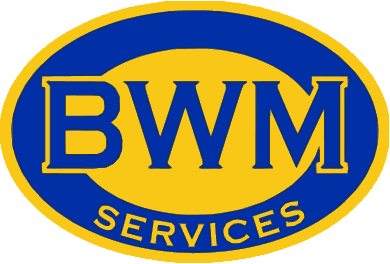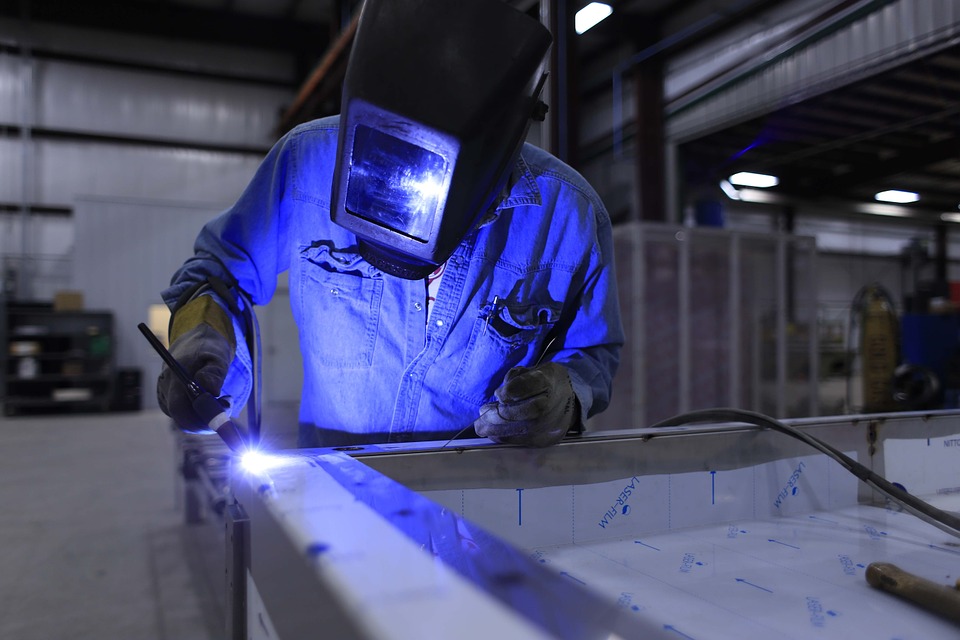However, there are some steps to help reduce the impact of these factors. These steps include choosing the right equipment for the job, utilizing tools and accessories designed to improve operator comfort, and following practices that promote proper operator form.
Tips for Maximizing Operator Comfort
Selecting the Appropriate Gas Metal Arc Welding Gun
Promoting operator comfort can reduce the chance of injuries associated with repetitive movements as well as reduce overall fatigue.
Selecting a gas metal arc welding (GMAW) gun that meets the needs of the application, and in some cases customizing the gun, is a crucial way to impact welding operator comfort so he or she can achieve the best results.
A gun’s trigger, handle, neck and power cable design all help determine how long a welding operator can comfortably weld without experiencing fatigue or stress. The application’s weld joint geometry also plays a role in welding operator comfort, as it impacts what components to choose for optimal joint access.
Here are some problems to consider in GMAW gun selection that can impact comfort as well as quality and productivity:
Amperage
Gun amperage can have a huge impact on welding operator comfort because generally, the higher the amperage, the larger and heavier the gun. As a result, a larger amperage gun may not be the ideal choice if that amperage rating is not necessary to meet the needs of the application. Selecting a smaller amperage gun, when possible, can help minimize fatigue and stress on the welding operator’s wrists and hands.
In choosing the right amperage, consider the application’s duty cycle requirements. Duty cycle refers to the number of minutes in a 10-min. period that a gun can be operated at its full capacity without overheating. For instance, a 60 percent duty cycle means 6 min. of arc-on time in a 10-min. span. The majority of applications do not require the welding operator to use the gun constantly at full duty cycle. In many situations, a higher amperage gun is only needed when the power source is being run continuously.
Handle
Handle operations for GMAW guns include straight and curved styles. The right choice usually comes down to the specific process, application requirements and, most often, operator preference. It is important to keep in mind that a smaller handle tends to be easier to hold and maneuver.
Additionally, the option of a vented handle promotes improved operator comfort. This is because this style can cool down faster when the gun isn’t in use. Operator comfort and preference are important considerations, but handles must also meet the gun and application’s amperage and duty cycle requirements. A straight handle provides flexibility by allowing for the trigger to be mounted on top or bottom of the handle. Putting it on top is a good choice to improve operator comfort in high-heat applications or for those that require long welds.
Trigger
There are a number of trigger choices that can improve comfort and safety for the operator. Search for a trigger that doesn’t require more pull force than necessary to maintain the arc to minimize stress on the operator.
Locking triggers are also a good option to alleviate stress on the welding operator’s finger caused by grasping, sometimes called “trigger finger.” As the name implies, a locking trigger can be locked into place, allowing the welding operator to create long, continuous welds without having to hold the trigger the entire time. Also, locking triggers help distance the welding operator from the heat generated during welding, which makes them well-suited for high-amperage applications.
Neck
The neck is another part of the gun that plays a role in operator comfort. Rotatable and flexible necks are available in a variety of lengths and angles, and can be adjusted to meet specific application needs, offering many choices to help reduce operator strain.
When choosing a gun neck, joint access, gun amperage and duty cycle required for an application are important to consider. For instance, a longer gun neck can improve operator comfort when the application requires a long reach. A flexible neck can do the same when accessing joints in a tight corner. The best choice for pipe welding might be an 80-deg neck, while a 45- or 60-deg neck might be better suited for the flat welding position. With rotatable necks welding operators can rotate the neck as needed, such as in out-of-position or overhead welding. In situations where a longer neck is needed, another option is to utilize a neck coupler, which is a tool that combines two gun necks.
The flexibility provided by these different neck options can result in reduced opportunity for operator fatigue, strain and injury.
Power Cable
The power cable adds weight to the gun and can also add clutter to the workspace. As a result, smaller and shorter cables are recommended, as long as they meet the needs of the application. Not only are shorter and small cables generally lighter and more flexible, to ease the fatigue and strain on a welding operator’s hands and writs, but they also help reduce clutter and tripping hazards in the work area.
Consider Gun Balance
Different welding guns can offer different “balance.” This refers to the feel and ease of movement experienced when the welding operator holds the gun. For instance, a heavier gun that is balanced properly can lessen operator fatigue compared to a heavier gun that is not balanced properly.
A properly balanced gun will feel natural in the operator’s hands and be easy to maneuver. When a gun is not balanced correctly, it might feel more unwieldy or uncomfortable to use.
Customize for the Job
Welding applications differ for every welding operator, so customizable GMAW guns can be a good option to gain greater comfort. Poor welding operator comfort can directly impact productivity and efficiency.
Some gun manufacturers offer online resources to help welding operators configure a GMAW gun for the exact specifications of the job. This helps make sure the gun is suited to operator preferences and the needs of the application.
For instance, most welding operators do not make huge, sweeping movements when using a GMAW gun. They, instead, tend to use more minute, delicate maneuvering of the gun. Some configurations allow users to choose an option for fume extraction guns, such as a ball and socket swivel design that helps the vacuum hose to move separately from the handle, which improves flexibility and reduces the wrist fatigue for the welding operator.
Use Correct Positioning and Form
Operator comfort can be maximized on the job with the utilization of proper weld position and form as well. Repetitive strain and prolonged uncomfortable postures can result in operator injury or even the need for costly and time-consuming rework due to poor quality welds.
Whenever possible, the work-piece should be placed flat and moved into the most comfortable position. It is all critical to maintain a clean working environment. In some situations, a fume extraction gun paired with the proper portable fume extraction system can be a viable option to replace wearing a powered air purifying respirator, and lessen the amount of equipment the welding operator must wear. It is always a good idea to consult an industrial hygienist to be certain that’s an appropriate, while also maintaining compliance and safety.
Additionally, operator comfort can be maximized by using stable posture and avoiding awkward body positioning, and not working in one position for long periods. When welding in a seated position, operators should also have the work-piece slightly below elbow level. When the application requires standing for long periods, using a foot rest.
Maximizing Comfort
Having the right equipment, selecting equipment or accessories that are easy to operate and promote operator comfort and utilizing proper welding technique and form are all essential steps toward achieving a comfortable, safe work environment for welding operators.
With appropriate handle and neck designs for the job and operate, lightweight welding guns can help achieve safe, productive results. The reduction of heat stress, wrist and neck fatigue, and repetitive motions can also help decrease overall physical and mental stress for welding operators.
Source: aws.org


